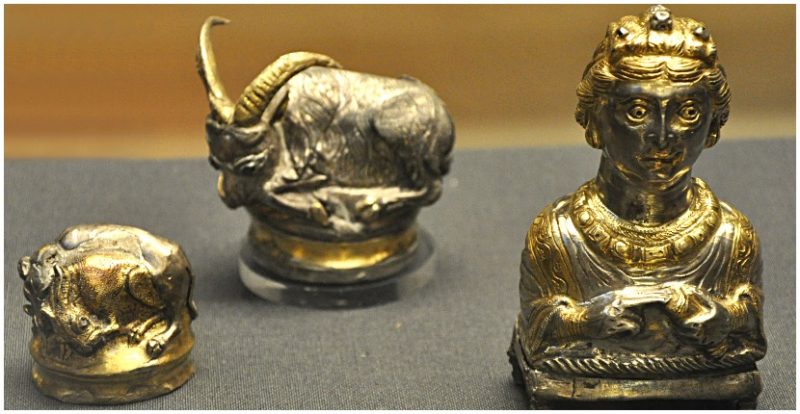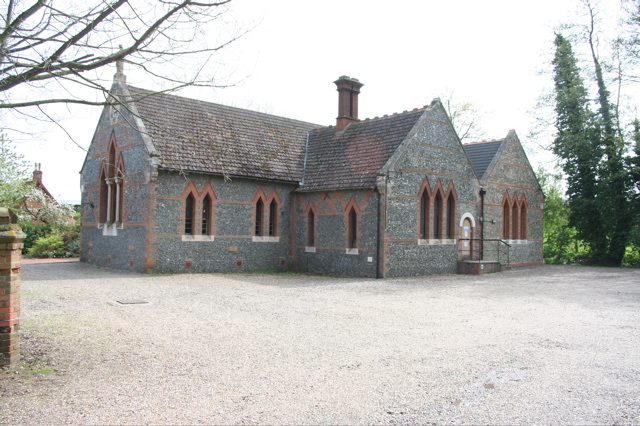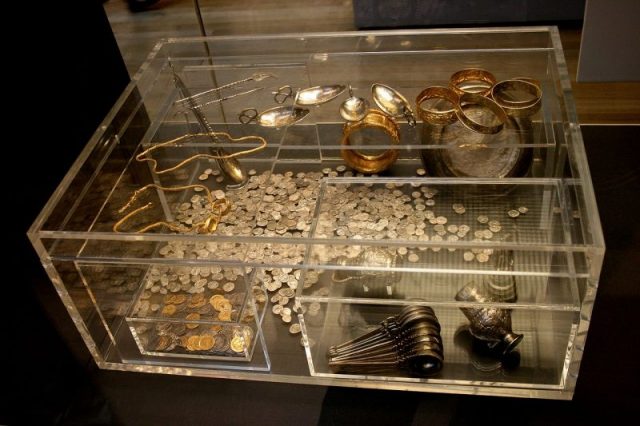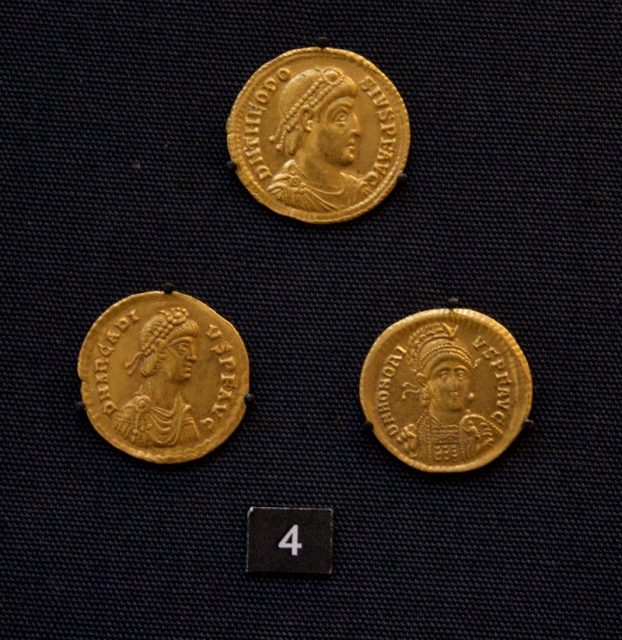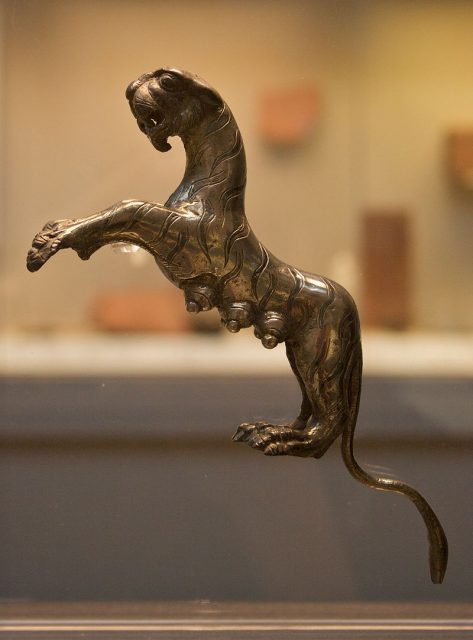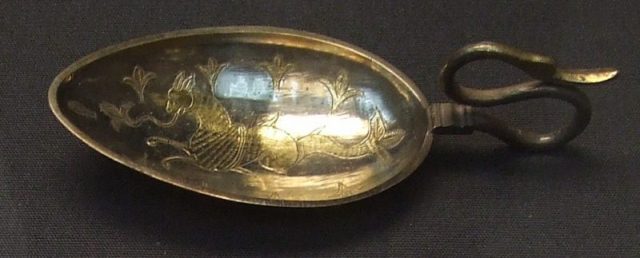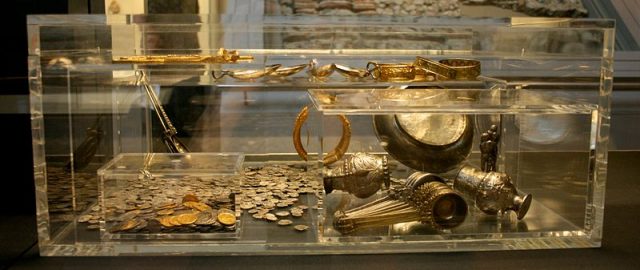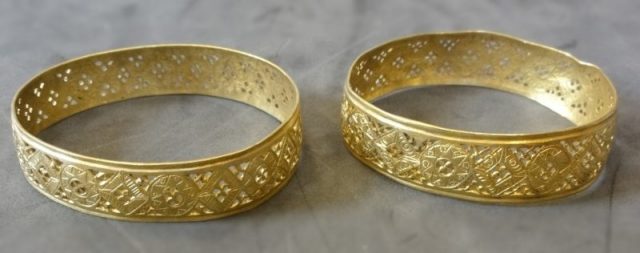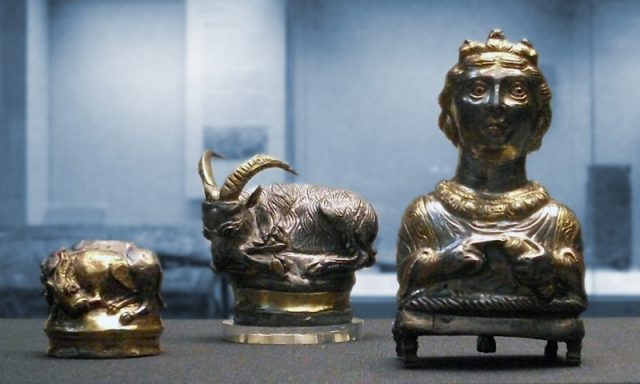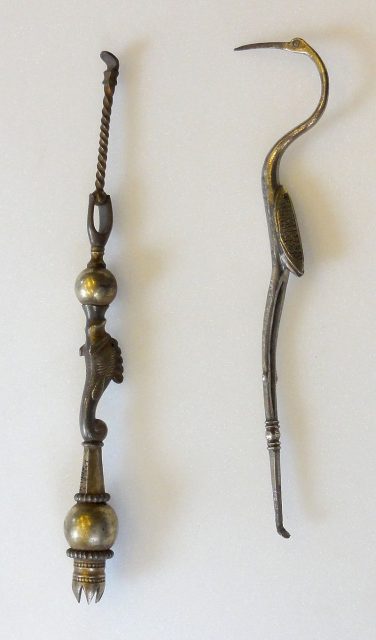Brokeback Mountain, 2005.
Directed by Ang Lee.
Starring Heath Ledger, Jake Gyllenhaal, Linda Cardellini, Anna Faris, Anne Hathaway, Michelle Williams, and Randy Quaid.

SYNOPSIS:
Ang Lee’s 2005 classic Brokeback Mountain arrives on Blu-ray and 4K Ultra HD from Kino Lorber, which commissioned a sparkling new 4K scan of the original camera negative. The company also ported over the previously available bonus features while adding a new commentary track that gives this movie a well-deserved in-depth discussion.

When I was a kid, I was told that my Uncle Don had a roommate named Alan. I was probably around ten years old at the time, so I didn’t think anything of it, beyond ᴀssuming it must be cool to basically have a sleepover every night.
A few years later, however, the realization dawned on me: my Uncle Don was gay, and his “roommate” was his partner (or boyfriend; I never asked him how he referred to Alan). In my family, like many others of that time (the 1970s and 80s), we didn’t really talk about his Sєxual orientation, which was an open secret, in a way.
And I think that’s a shame. I’m glad gay couples are better able to live openly today, and even get legally married in the United States, but I wish our society had come further by now. There’s still plenty of rampant homophobia, unfortunately.

Which brings me to Ang Lee’s classic movie, Brokeback Mountain, out now in new Blu-ray and 4K Ultra HD editions from Kino Lorber. The company commissioned a new high-definition master from a 4K scan of the original camera negative. I received the Blu-ray for this review, and I can say it looks stellar, so I imagine the 4K Ultra HD disc is similar in quality.
Taking place between 1963 and 1983, Brokeback Mountain charts the ups and downs of the relationship between Ennis Del Mar (Heath Ledger) and Jack Twist (Jake Gyllenhaal), a pair of cowboys who, thankfully, don’t fit the stereotype of gay men. Yes, it would have been nice if gay actors had been cast in the roles, but I think this movie’s wide release in 2005 was nothing short of a miracle, given the rhetoric around gay marriage at that time.
Ennis and Jack have a volatile relationship, which isn’t a surprise given the amount of societal pressure they were under to keep the situation a secret. Both of them marry women and have kids, but they disconnect and reconnect multiple times over the years.

I won’t spoil anything that happens, but suffice it to say that their relationship causes internal turmoil for both men, which spills over into their marriages and other friendships. If only they could simply live the way they want to, but one of them is well aware of what could happen to a cowboy suspected of being gay.
In the end, Brokeback Mountain is an epic movie full of sweep and grandeur against which director Ang Lee sets this relationship between two men. Based on a short story by Annie Proulx, with the screenplay adaption credited to Larry McMurtry and Diana Ossana, this is the kind of film that requires some contemplation as the end credits roll.
Kino Lorber’s new edition of the film, which was nominated for eight Oscars and won three of them (and, yes, it should have captured Best Picture too), includes one new bonus feature as well as several legacy extras. I only have the previous two-DVD set, so I’m not sure if anything from any previous Blu-ray releases is missing here.

The new extra is a commentary track by film historian and writer Julie Kirgo, who gives the movie the kind of in-depth discussion it has needed for nearly twenty years. Kirgo’s approach is of the “film class on a disc” variety, and if that’s the kind of thing you enjoy (I definitely do), then you’ll want to set aside the time to listen to her well-researched conversation about the movie.
The rest of the legacy extras are as follows:
• Sharing the Story: The Making of Brokeback Mountain (20:47): I’ve long wished for an in-depth documentary about this movie, but I suppose Julie Kirgo’s new commentary track will have to do. Sharing the Story isn’t a bad featurette, but since it was created for the LGBT-themed network Logo, it veers into marketing territory more often than I’d like.
• From Script to Screen: Interviews with Larry McMurtry and Diana Ossana (10:53): A basic chat with the writers who adapted Annie Proulx’s story.
• Directing from the Heart: Ang Lee (7:27): The director gets his turn to chat about the movie.
• On Being a Cowboy (5:44): A quick look at the preparation Heath Ledger and Jake Gyllenhaal did to portray their characters as guys who were very comfortable riding horses and doing other cowboy-related activities.
• A Groundbreaking Success (17:13): Produced later than the previously described extras, this featurette is a nice look back on the film’s success and its legacy, although it doesn’t pay as much attention to the way it influenced the fight for gay rights as I would have liked.
• Music from the Mountain (11:18): Gustavo Santaolalla won an Oscar for his music, so it makes sense to add a featurette focusing on his work. It doesn’t hurt that he’s fun to watch as he animatedly talks about the music.
A pH๏τo slideshow, the trailer, and some TV commercials round out the platter.
Flickering Myth Rating – Film: ★ ★ ★ ★ ★ / Movie: ★ ★ ★ ★
Brad Cook
A Farmer’s Misplaced Hammer Led to the Largest Roman Treasure in Britain
